The most dangerous National Park – and tips for staying alive
We uncover the leading causes of deaths in National Parks, which park is the most dangerous, and most importantly, what you can do to stay safe on your visit
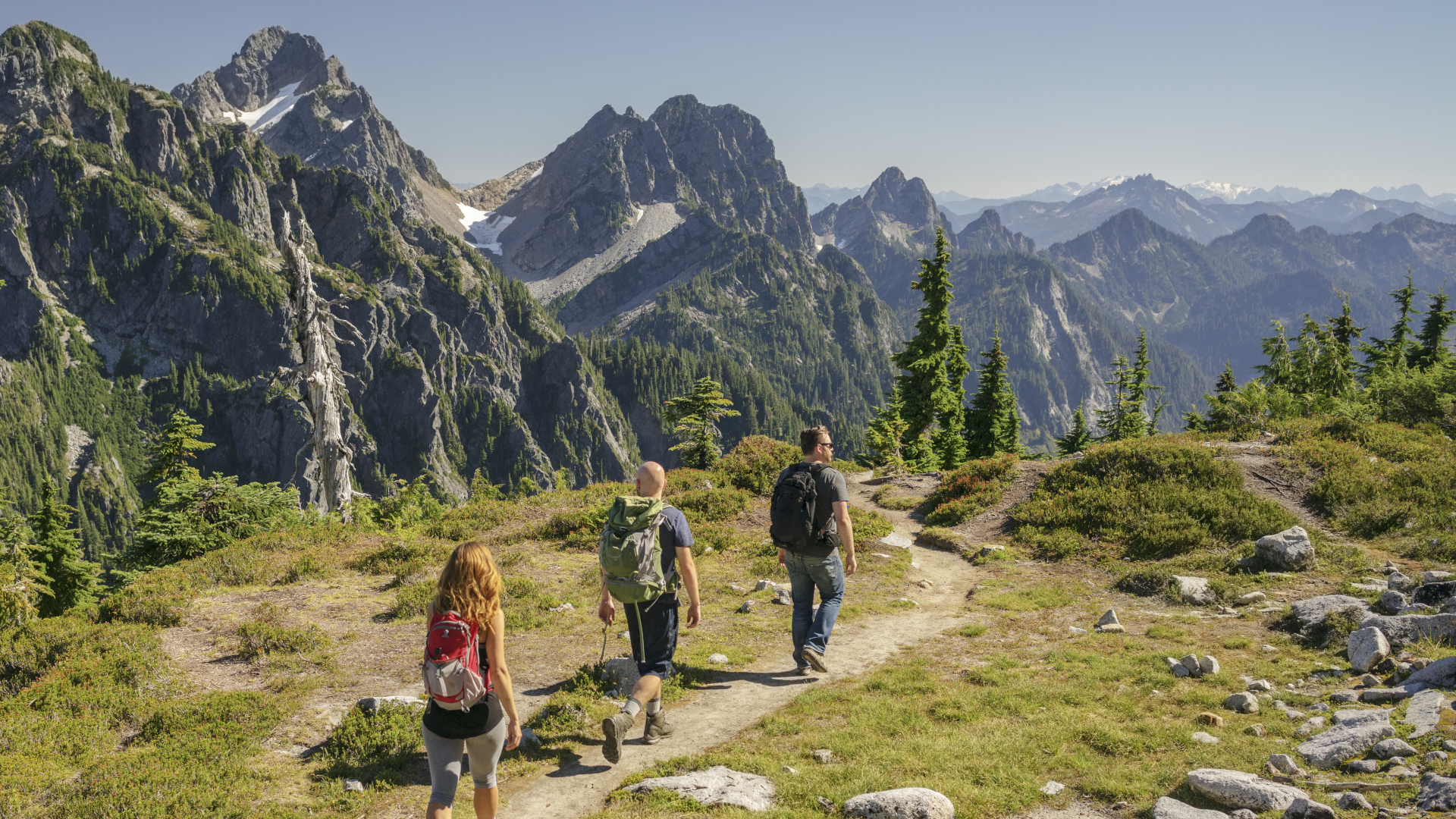
Why do so many people die at US National Parks? Based on news stories alone, you’d be forgiven for thinking that they’re basically treacherous death traps, filled with hungry bears, angry bison and explosive geysers waiting to seize upon an unsuspecting hiker. Sad stories seem to break almost daily about National Park hikers falling to their death, succumbing to hypothermia and disappearing into Yellowstone's hot springs, never mind the regular encounters with bison, bears and elk.
But are National Parks really as dangerous as they seem? And, if so, what is the most dangerous National Park? We’ve been pondering these questions for some time, and at the end of 2022, an LA-based law firm finally crunched the numbers so we don’t have to. In this article, we uncover the leading causes of deaths in National Parks, which park is the most dangerous, and most importantly, what you can do to stay safe on your visit.
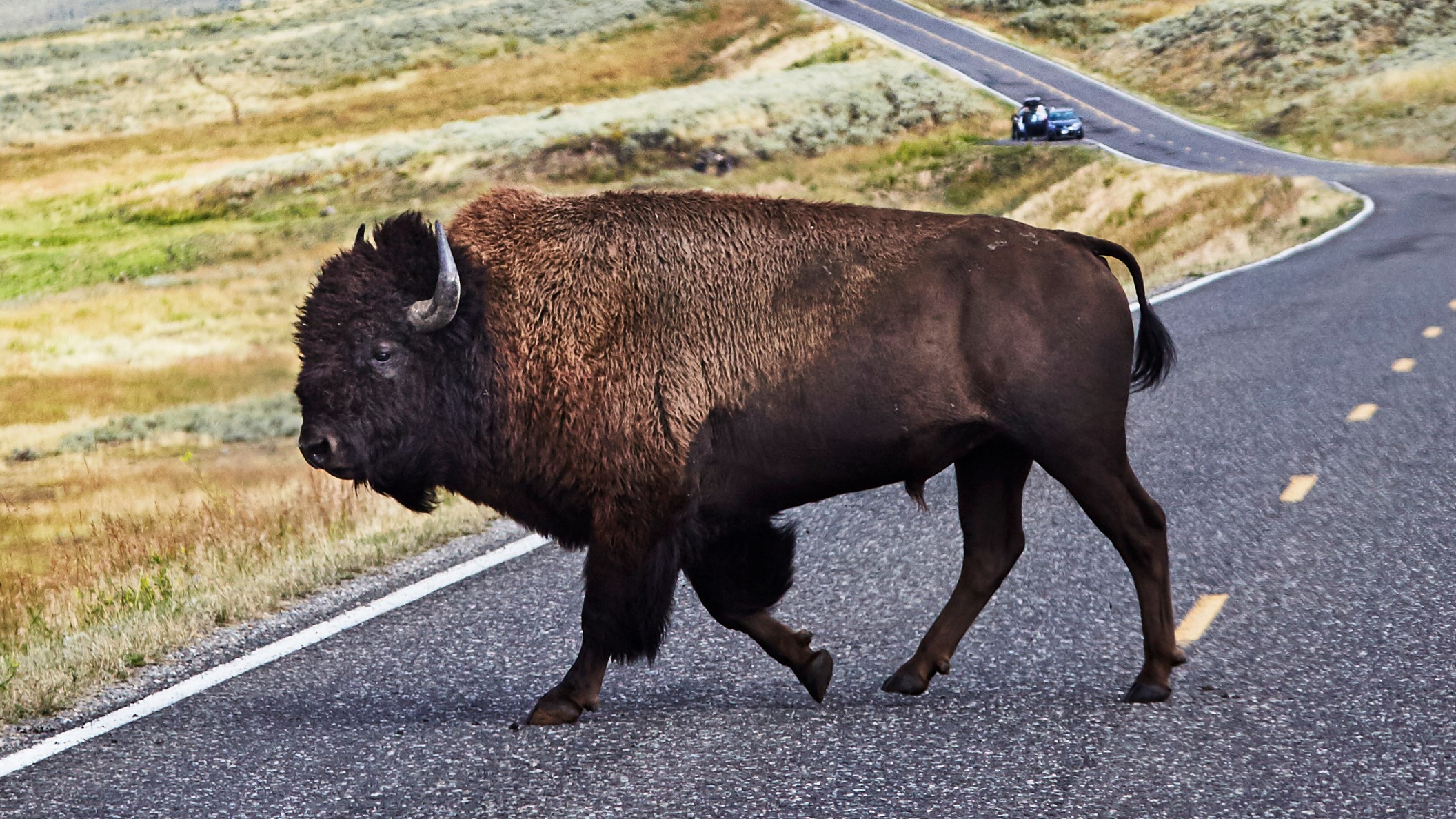
Are National Parks dangerous?
With all those mountain lions, rattlesnakes, volcanoes and vertigo-inducing trails like Angels Landing in Zion, National Parks can seem like dangerous places, and it’s true, sadly, that not every visitor makes it out alive. According to the report by PSBR Law, 2,727 people died at US National Park sites between 2007 and 2018, a staggering 79% of which were among men. That’s an average of 227 deaths per year, nearly 19 per month and just less than five deaths a week. So if it seems as though you read about a death in a National Park almost every day, it’s because you do.
But let’s look at some other important numbers to put those five deaths a week in perspective, if we can. First, if these deaths were spread out over the 63 US National Parks, that would mean that every park reports three deaths per year, on average, and to be fair, that does sound like a lot. If Disneyland had three deaths every year, we’re not sure they’d still be open (we checked, it’s less than one death per year, per park). But the 2,727 deaths at US National Parks actually includes all National Park sites, which includes places like National Monuments, National Historic Sites and National Seashores, which amount to a whopping 423 sites. When you take that into account, there’s less than one death per year, per site, on average, or about the same as you’ll find at Disneyland and Disneyworld.
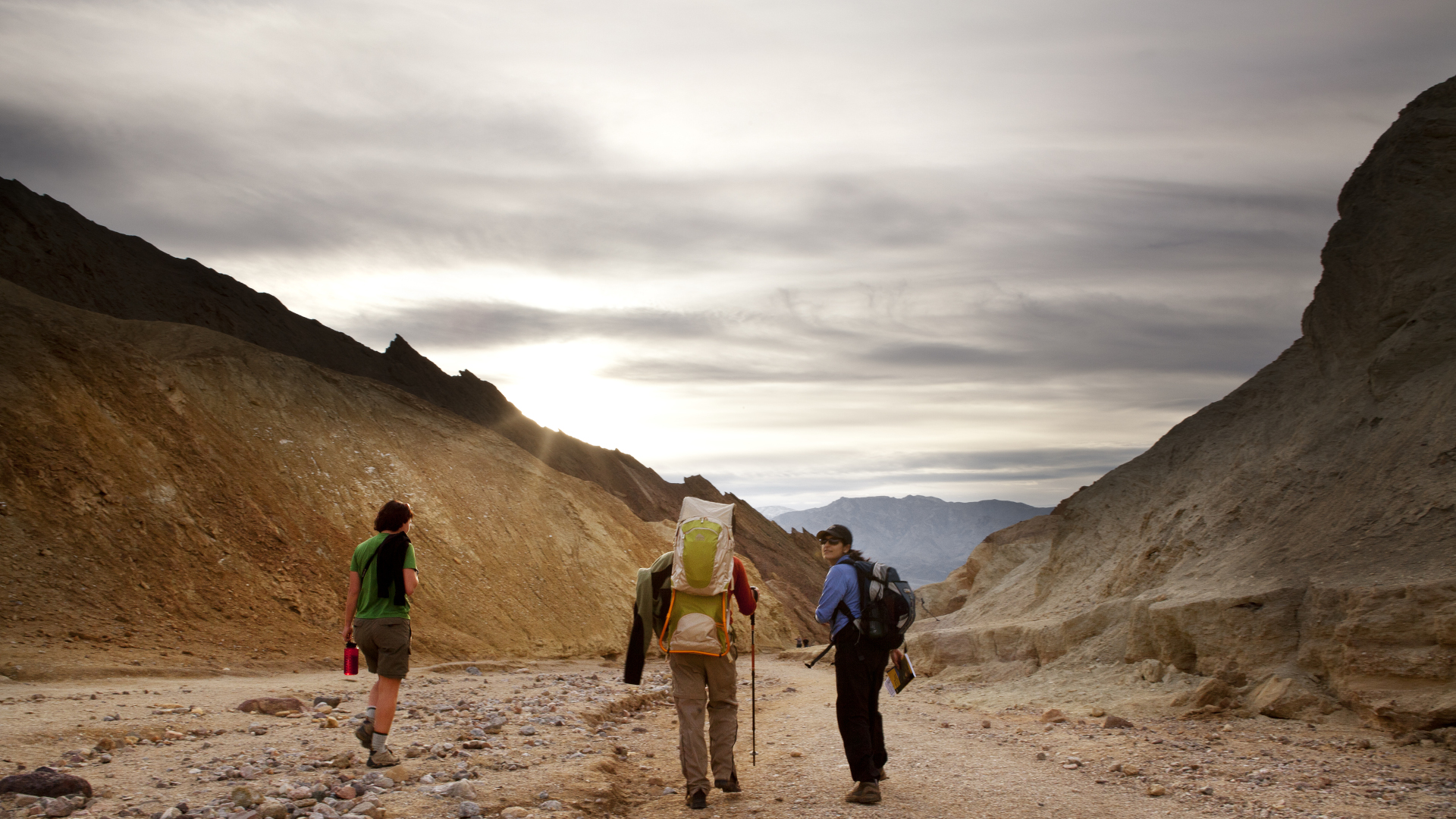
Then you’ve got the other glaring number to bring things into perspective, and that’s the sheer volume of people who visit National Parks each year. You probably know that US National Parks are crowded places – Great Smoky Mountains saw over 14 million visitors in 2021 while all 423 sites welcomed nearly 300 million visitors that year. According to the National Parks Service mortality statistics for 2014-2016, the overall mortality rate works out at 0.1 deaths per 100,000 recreational visits, which as they point out, is very low when compared to the mortality rate of the overall U.S. population, 844 deaths per 100,000 people for that same time period. So from that point of view, you’re probably significantly safer in a National Park than you are elsewhere.
So even though they’re home to lots of bears and even some wolves, no, National Parks are not particularly dangerous places and you shouldn’t hesitate over visiting one for that reason. These spaces are incredible places of natural beauty that are a privilege to visit.
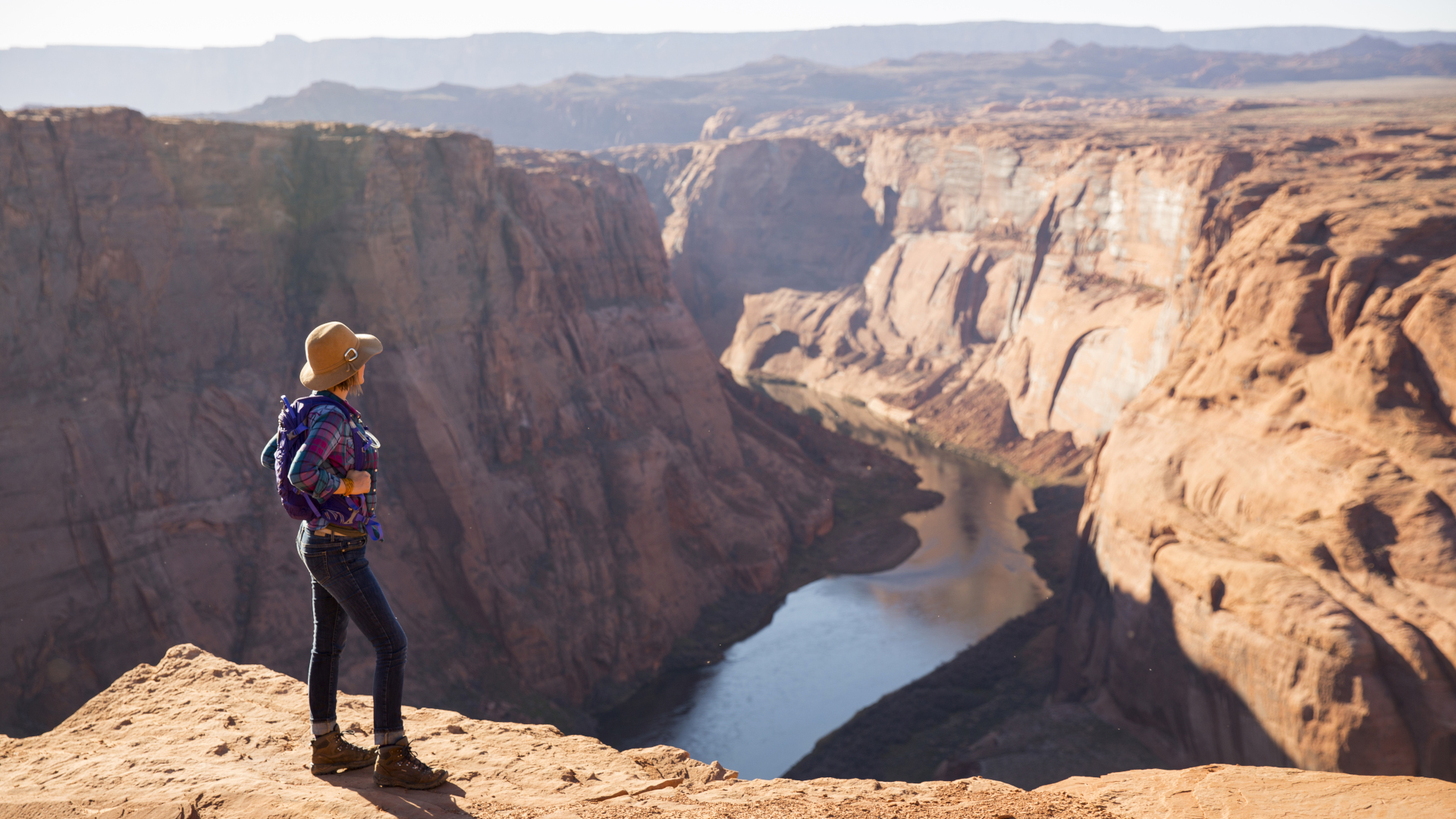
Why do so many people die at National Parks?
Even if they’re not as dangerous as the headlines make them seem, the fact remains that someone dies in a US National Park site almost every day. So what is claiming these lives? We wanted to answer this question not out of morbid fascination, but to help you stay safer when you’re venturing into these protected spaces.
All the latest inspiration, tips and guides to help you plan your next Advnture!
You might be surprised (or relieved) to learn that the vast majority of deaths aren’t down to bear or alligator attacks. In fact, according to PSBR’s research, wildlife encounters made up a mere eight of the fatalities reported over the 12-year period they studied. While the NPS’s mortality data reveals that while some of the deaths can be attributed to medical causes, it turns out that over half of all deaths are due to unintentional causes. Of these, the top three leading causes of unintentional deaths are as follows:
- Drownings (33%)
- Vehicle crashes (31%)
- Falls (17%)
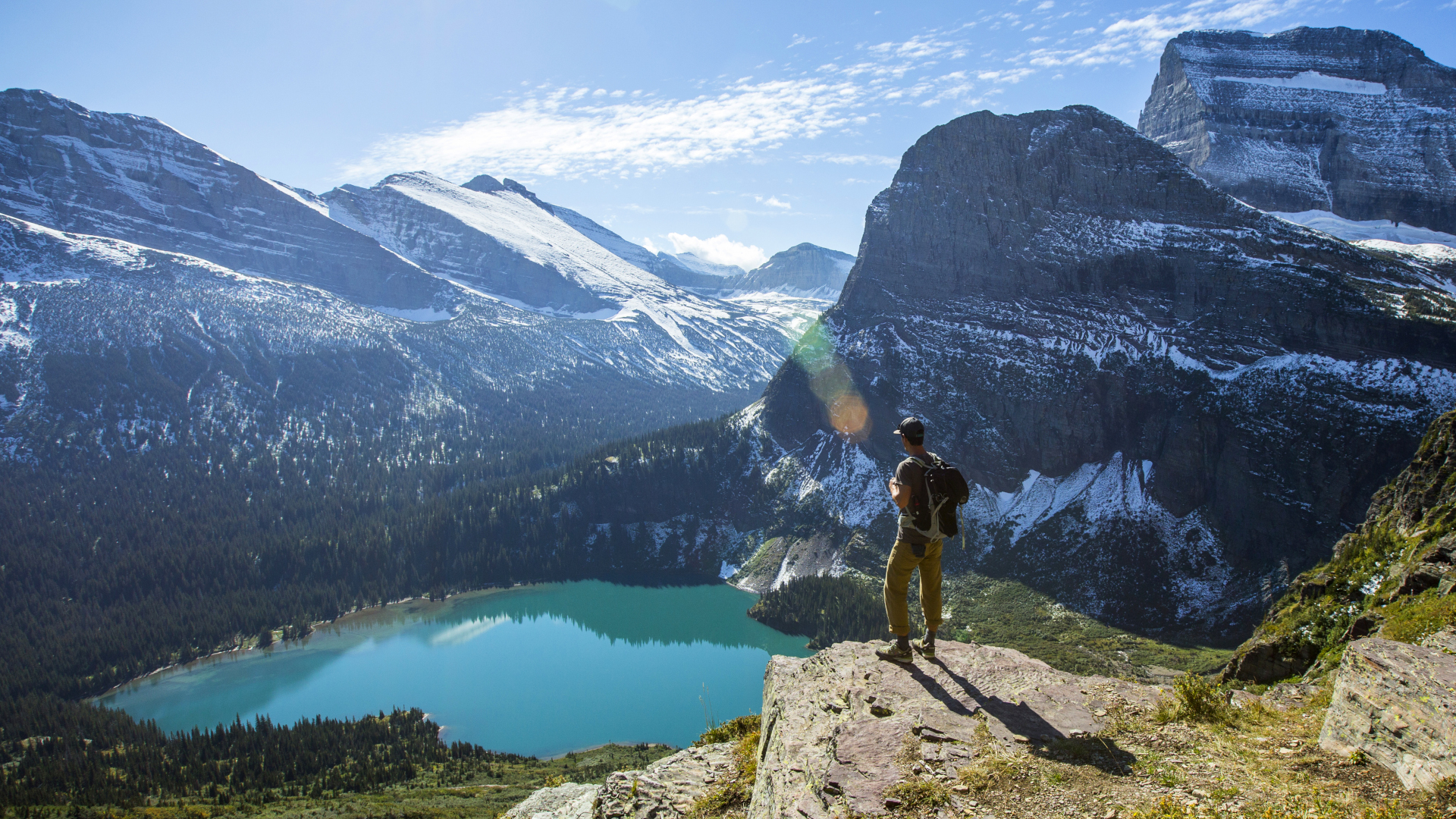
What is the most dangerous National Park?
Grand Canyon and Yosemite often get landed with the title of most dangerous National Park, and it’s true that the two were the only two parks out of four sites that saw more than 100 deaths over the 12-year period. But while people do fall from the North Rim more than they perhaps should, it’s important to remember that these two parks also see a ton of visitors – nearly eight million between the two in 2021 alone.
When PSBR adjusted the death rate per 10 million for each park’s visitation, Grand Canyon actually comes in quite low on the list, while North Cascades National Park up in northern Washington would have seen a whopping 652 deaths if it had 10 million visitors. Good thing it’s one of the least visited National Parks in the country, with a scant 30,000 visitors a year, so it’s not exactly the minefield that those numbers suggest. That said, statistically speaking, you are more likely to die at North Cascades than you are at any other National Park.
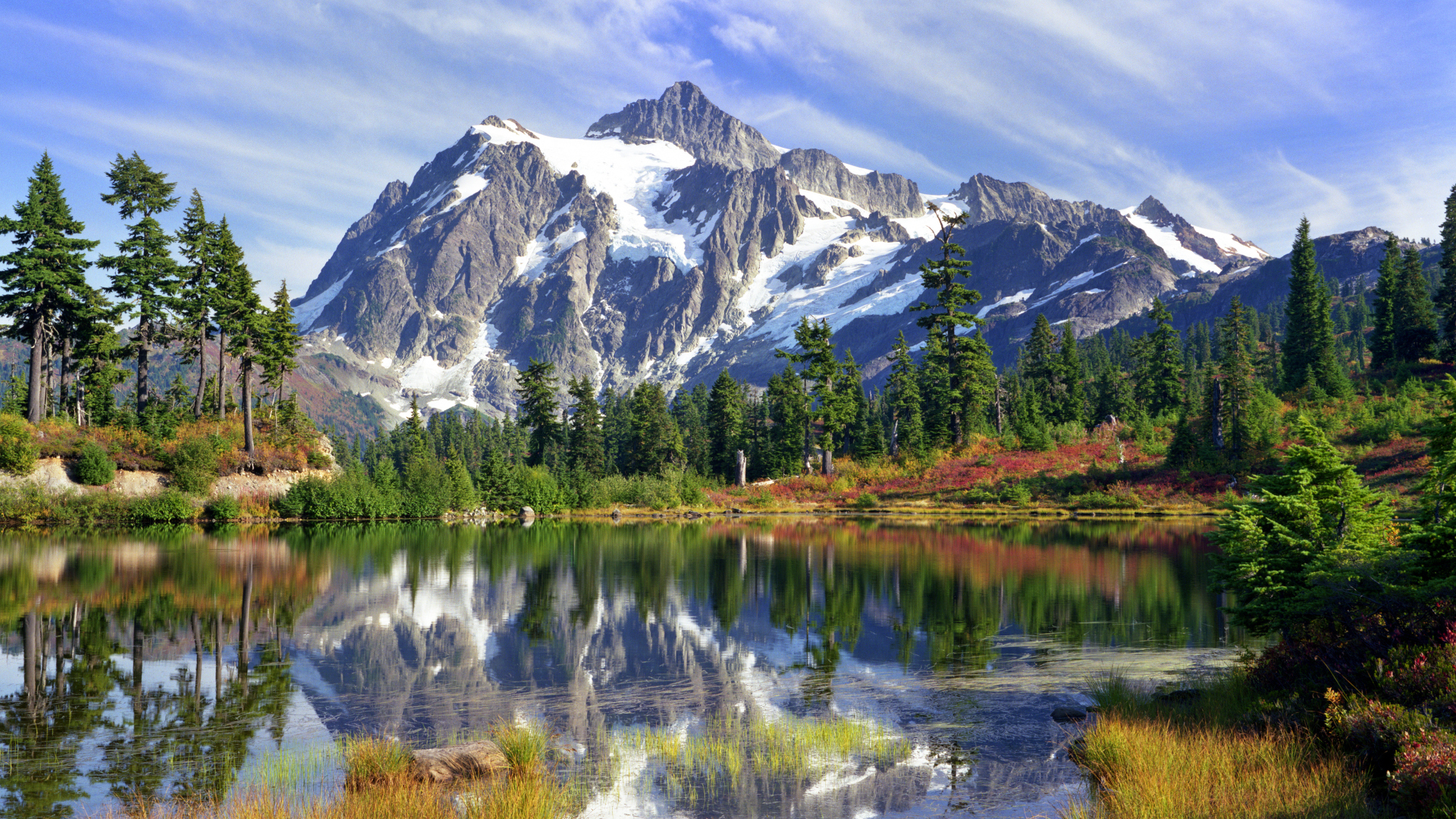
National Park safety: how not to die at a National Park
The good news is that you can rest assured that visiting a US National Park is nowhere near as dangerous as the headlines can make out, even more so if you’re not a man, you’re under the age of 45 and you aren’t in North Cascades, or so it would seem. But we all know that any time you venture out into nature, there is some inherent risk associated with your activities whenever and wherever you do them. Any time you visit a National Park, you should of course practice wildlife safety, if not for your sake then for the wildlife, and good hiking safety, but purely based on the top three causes of death, here’s where you can focus your efforts to stay safe in National Parks:
1. Water safety
Accidental drownings make up over a third of all unintentional deaths, so practicing water safety is key. Staying out of the water altogether is a good place to start, as well as sticking to desert landscapes like Arches, Joshua Tree and Death Valley ,but if you’re practicing water sports, make sure you stay within the limits of your own experience and skill level or go with a guide, and of course wear and know how to use appropriate safety equipment like PFDs and helmets.
If you just want to take a dip in one of the pristine lakes and rivers, no one would blame you, but please read up on wild swimming before you go and pay attention to safety tips such as never swimming alone, avoiding areas with strong currents and tides and above waterfalls, and entering cold water slowly to avoid cold water shock. For clambering around on slick rocks, we recommend wearing water shoes for safety to avoid slips and falls.
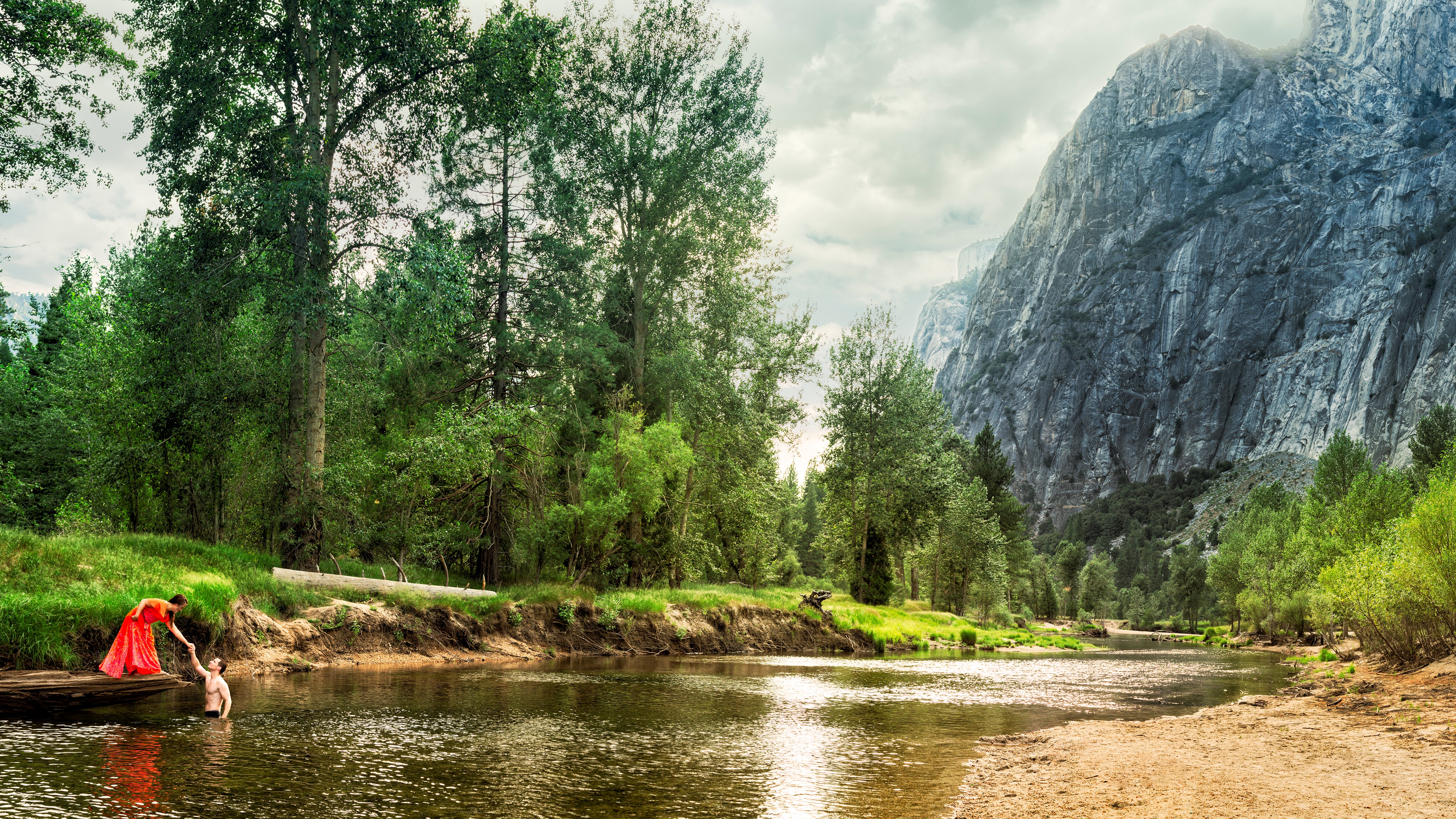
2. Driving safety
Having driven through a lot of National Parks, it’s easy to see why accidents happen. The roads are winding, often congested, and the views are, well, a spectacular distraction. Drive slowly in National Parks and keep your eyes on the road to watch out for other drivers, hikers and wildlife. If you see a breathtaking waterfall, pull over in a safe place and enjoy the view when you’re not driving. If you’re visiting a National Park in winter, make sure you have snow tires on.
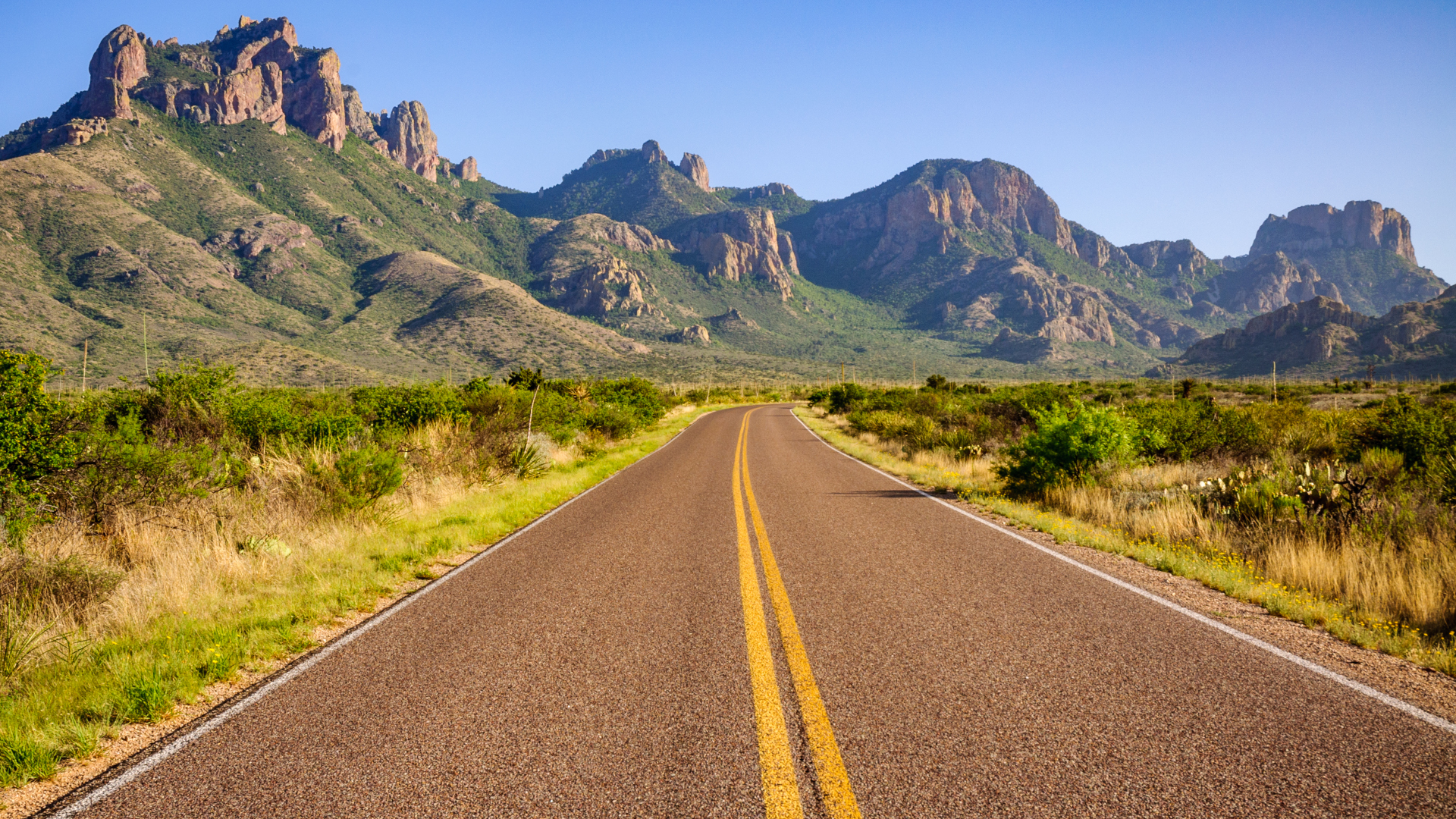
3. Falls
Unfortunately, falls do happen when you’re hiking and they can’t all be avoided, but there are a few things you can do to avoid falling on a hike:
- Get in shape before going on a hiking vacation in a National Park to improve your stamina and hiking technique.
- Invest in sturdy hiking boots or hiking shoes with good traction.
- Use trekking poles for steep descents and use your hands for tricky sections.
- Keep your eyes and ears open, especially when navigating steep, rocky terrain or exposed ridges.
- Stay within your ability level when it comes to choosing a hiking trail. Know when you’re getting out of your depth and turn back if you do.
- Take breaks and carry a water bottle – many falls occur when you’re tired and dehydrated.
- Stay away from the edge of ridges and cliff tops, especially when posing for photos.
Julia Clarke is a staff writer for Advnture.com and the author of the book Restorative Yoga for Beginners. She loves to explore mountains on foot, bike, skis and belay and then recover on the the yoga mat. Julia graduated with a degree in journalism in 2004 and spent eight years working as a radio presenter in Kansas City, Vermont, Boston and New York City before discovering the joys of the Rocky Mountains. She then detoured west to Colorado and enjoyed 11 years teaching yoga in Vail before returning to her hometown of Glasgow, Scotland in 2020 to focus on family and writing.

